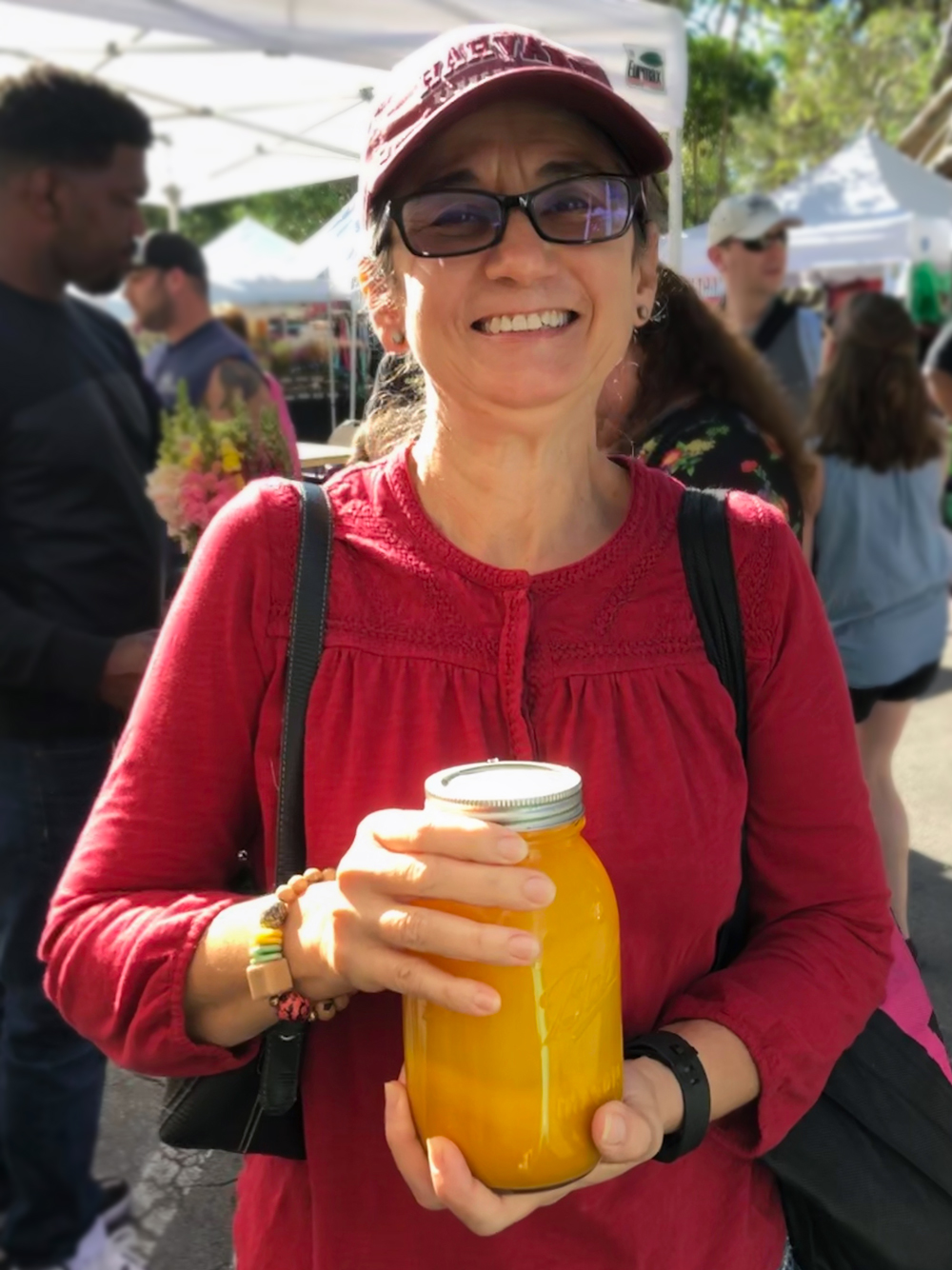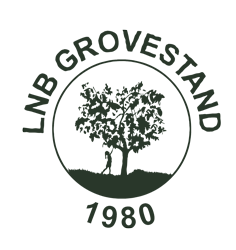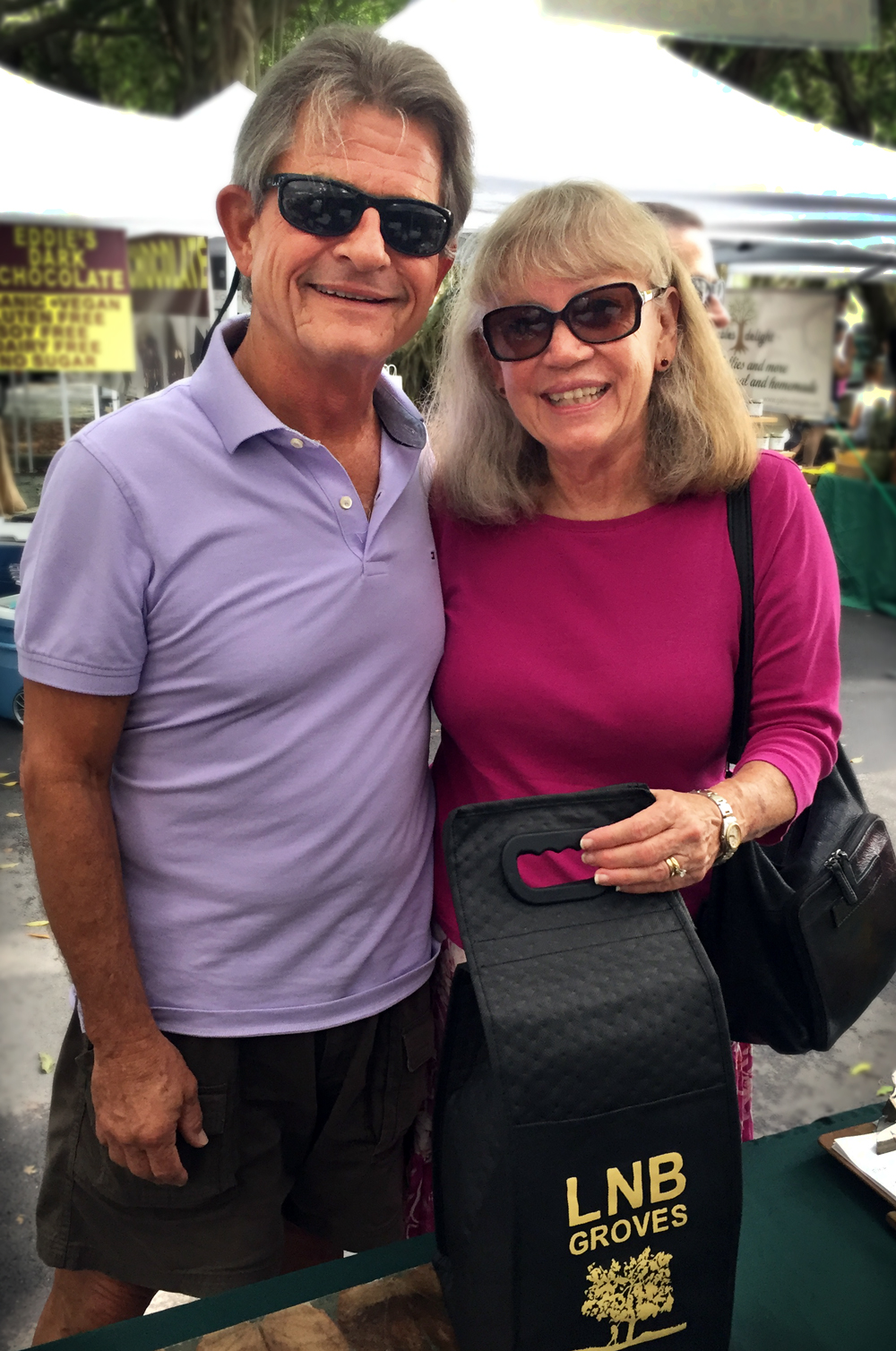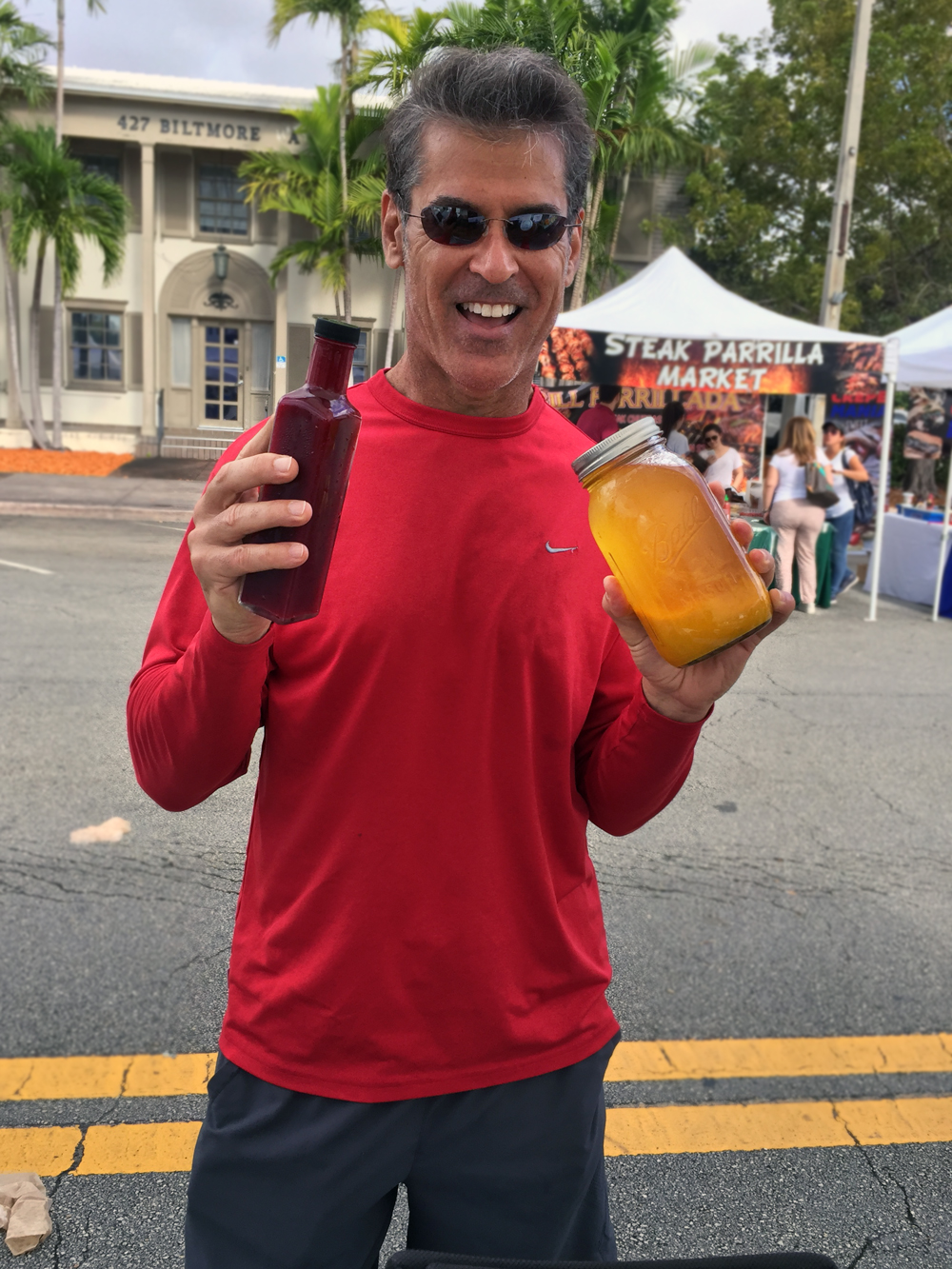
Aymee
Name:
Aymee
What part of town do you live in?
Right now, I live in South Miami, but I’ve been in South Florida since 1995 when I came from Cuba. I lived in Pinecrest for 12 years while my son went to elementary, middle and high school. When he graduated in 2013, we moved to South Miami.
Did you grow up in Cuba?
Yes, I came as a refugee through Guantanamo. I was part of the big exodus.
What was that like?
It was scary, but I didn’t have a choice. I tried to request legal immigration and I was not allowed because they didn’t want people with college degrees to leave Cuba. I was a scientist. I did my undergrad in the former Soviet Union, in Belarus, in math and physics. When I returned to Cuba, there were no job offers for me. I switched fields and went to graduate school in biology. I did my PhD at the University of Havana in biotechnology. Then, I went to France for training. We were told that anyone living in a country, other than the communist ones, were bad people and didn’t help anyone. I literally believed that. When I went to France, people were super nice. It was a totally different experience. When I returned to Cuba in 1992, I just couldn’t be there. I asked to go back to France, but they told me, ‘you can’t go.’ It was super hard, but I said, ‘I’m taking my risk. If I die, it’s fine. If I survive, it’s better.’
How did you escape?
Basically, anyone who could build a homemade device that could float in the water could escape. My uncles, cousins and other relatives built a raft and 27 of us took the risk. It was 24 hours at the sea and it was nine children, nine women, and nine men. One was a pregnant woman. She was my inspiration because I was so scared. We were rescued by the US Coast Guard and transferred to Guantanamo. I was there for nine months.
Do you keep in touch with anybody you met during the journey?
Yes, of course. We were rescued and then transferred to a temporary ship that was collecting people with different floating devices. Right there, we met people that we didn’t know, even though they were living near us in Cuba. We’re still friends until this day. When we were at Guantanamo, I volunteered to teach math for the kids. I was helping them not to lose the habit of going to school every day.
What was it like when you got to Miami?
I was 32 at the time. When I arrived, I contacted University of Miami. They offered me a position as a postdoctoral associate. I worked there for 22 years, until a year ago. I worked in different projects, most of them associated with cancer research. Now, I’m just finishing my master’s degree with University of Bridgeport in clinical nutrition.
What gets you excited about nutrition?
I’ve worked in many labs and the goal was to find new treatments for patients once they were already sick. We’re always looking for a magic drug that will cure them or destroy the cancer cells. My father was diagnosed with lung cancer in 1997 and I believed at the time that the only possibility for those patients was chemo, radiation, and surgery. In the last 10 years, at UM, they have different teachings from doctors practicing what is called functional medicine. Instead of just dealing with the symptoms of the patient, it’s trying to find the cause. Nutrition is more about treating the person as a whole, not as an organ. When I learned this, I said, ‘Oh my God, I want to help people on the prevention side.’ Since I’m not a licensed medical doctor, I cannot say I have patients – so I have clients. When people change the way they eat, they see how everything changes around their health. That’s what motivates me.
My connection with nutrition started a long time ago because my great grandparents were farmers. All my summers were on the farm with them. I noticed how my grandparents worked on the farm and it was very hard work and they would feed the entire family.
What is your work with your clients like?
Usually clients find me by referral or through the local chiropractor in Kendall that I am doing my clinical practice with. I meet with clients twice a month because anything related to food and lifestyle requires behavioral changes, which are hard to do. Most of the time, people come because they say they want to lose weight. But once they open up and we start sharing then we can go deeper – whether it’s insomnia or digestive problems or exercise or something else. Usually the minimum is three months and ideally six to make sure the new changes are part of their new way of life. Once people understand that they are the person in charge of their health, then the doctors and everybody can help them.
How often do you come to the Pinecrest Market?
I go almost every week. I’ve been going to the Pinecrest Market since 2005
What’s your market ritual?
I try to arrive around 9 AM because after 9:15 you have a line for the smoothies. I always start with you and then if Bee Heaven is there, I go to them. I like what Margie is doing. I go to Pam (at V&B) and the people with the kombucha (Buster) and dark chocolate (Eddie). And then, I check the other stands. When I get back home, I wash all of my veggies and put them in small containers so I can make my salad every day.
What are your favorite things from our stand?
The Turmeric Tonic is one of my favorites. I’ve had it since the very beginning when you started selling it. Your fruit is delicious, and the Turmeric Golden Coins. Pretty much everything you have is delicious! When it’s avocado season, I love your guacamole. Your avocados are the same variety that we have in Cuba. So, I like them.
What do you think our market is missing?
I would love to see more farmers. Maybe music.
Where do you like to go out for food?
The best food is the one you cook at home. But, I like Maroosh in Coral Gables and some of the new places in the Wynwood area that offer plant based foods.
What do you like to cook at home?
Local seafood and eggs. I don’t believe much in organic eggs, because that doesn’t mean much. I trust the eggs from Margie at Bee Heaven. I like shrimp from Key West, lobster or yellow tail and I try to eat the fruit in season. Sometimes I laugh, but I say ‘no, that strawberry is not from the season here, so I won’t buy it.’ Our DNA is basically programmed with that information. When we’re getting strawberries and blueberries the year round, we’re just taking extra calories for the winter, but the winter is not coming.
Would you share a recipe?
My recipes are very simple. One that I like the most is preparing a salad with a bunch of greens with sprouts, chickpeas, olive oil and lemon. And then just be creative, maybe add some Sauerkraut to have a little bit of fermented foods.
What do you think goes Miami’s best kept secret?
I like going to Miami Beach, early in the morning, when there’s nobody there yet – like 6:00 AM and enjoying the sunrise and working out. That is awesome.
What is a worthy splurge for you?
Being in my garden, feeding the wild birds and squirrels. I can be there the entire day.
What is a good rainy-day activity?
Read books and listen to music. I love that.
What community events are coming up that you might like to share?
I go to most of the events at the Fruit and Spice Park. I like to go there and see the farmers. I like the event in October and the one in the summer. I get some of my trees from them. I try to help local people. I think with the dollar that we buy stuff; we can vote and support a lot of local people. That’s what I try to do.
Is there a question you would like to ask us?
Could you bring veggies to the market? I’m pretty sure you have veggies over there.
(A+W) It’s a great idea and we need to! Our season is so short. We do grow a bunch, like kale for smoothies, but have not brought them for a long time to the market. We are certainly enjoying when Margie is at the market.
How do we learn more about your nutrition work?
I have a Facebook page called Sunshine Happy and Healthy Living. I also have my website aymeeperez.com
Related Posts
Leave a Reply Cancel reply
You must be logged in to post a comment.



